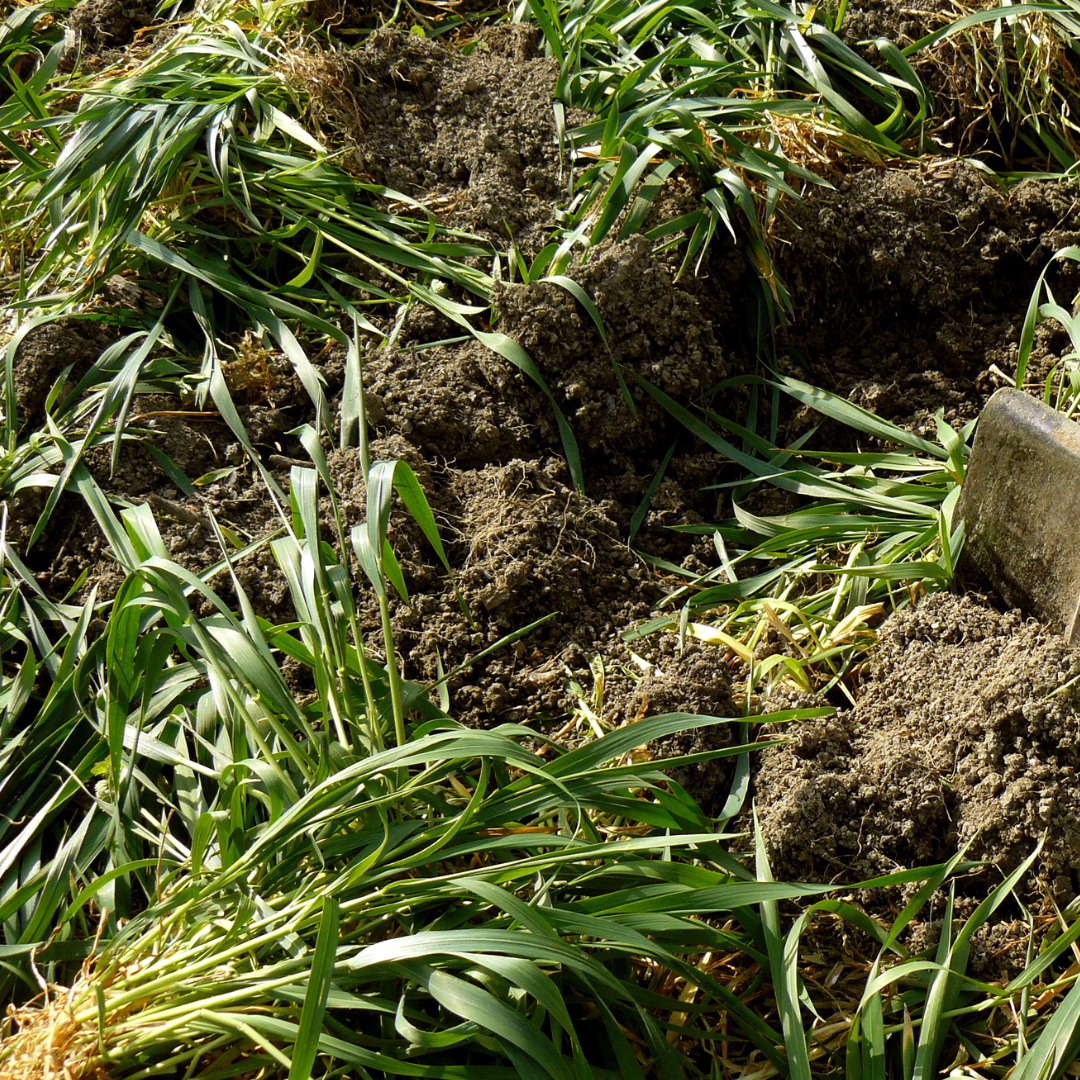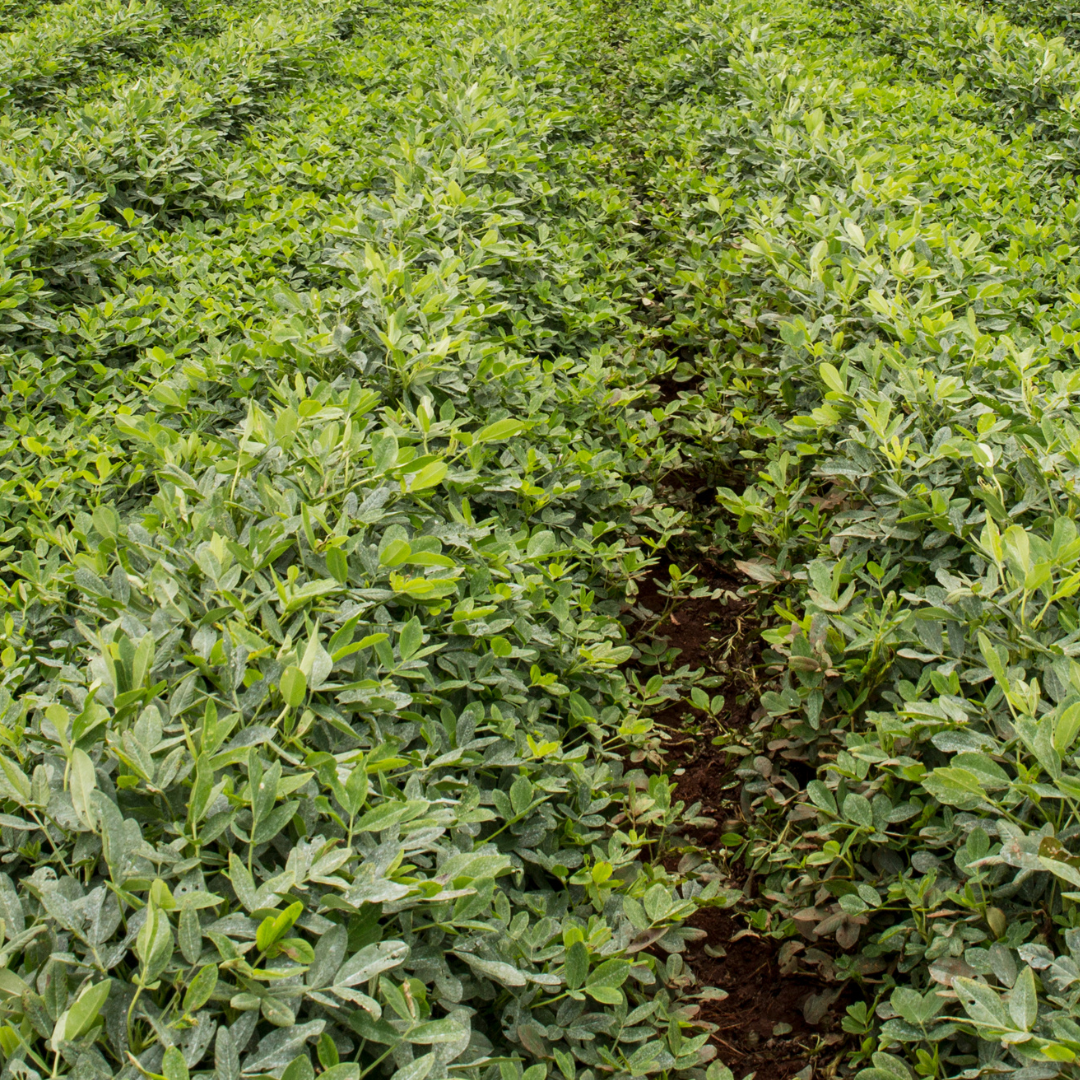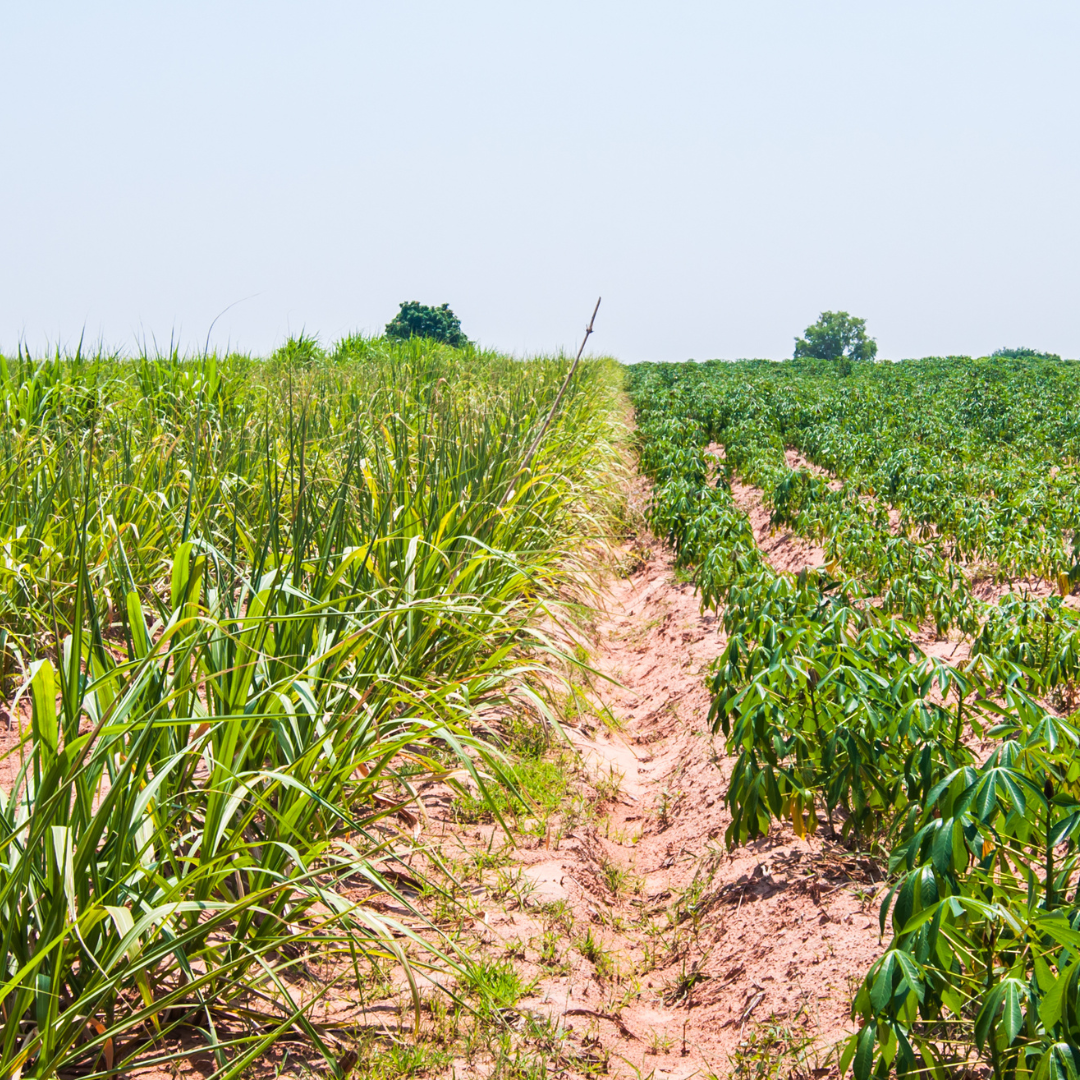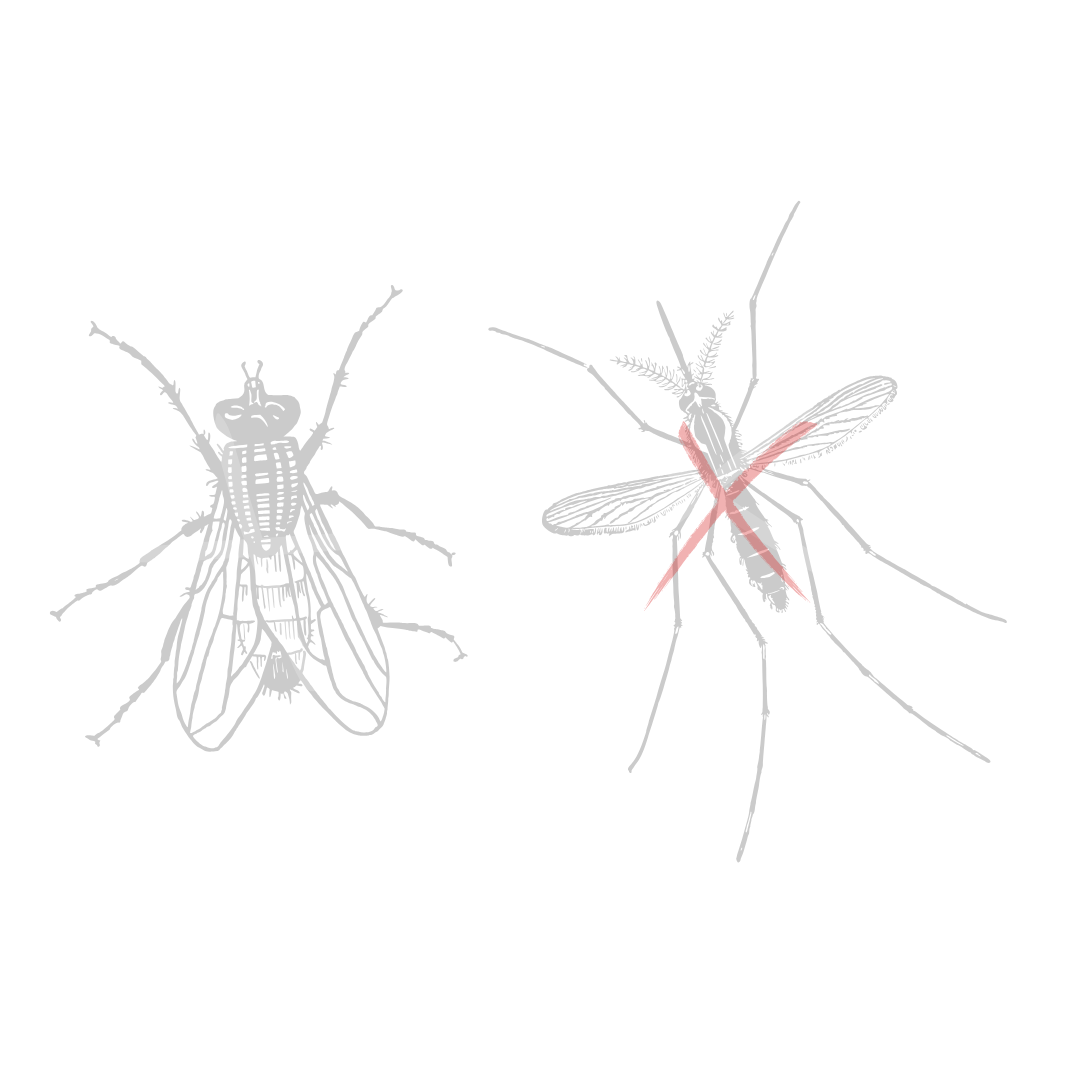Soil fertility is vital for healthy plant growth and successful crop production. Over time, soil can become depleted of essential nutrients, leading to reduced yields and poor crop quality. One of the most effective and sustainable ways to restore and maintain soil fertility is using green manure.

In this blog post, we’ll explore what green manure is, its benefits, the different types available, and how you can use it to improve soil fertility.
Table of Contents
ToggleUnderstanding Green Manure
Green manure refers to specific crops that are grown not for harvest, but to be incorporated back into the soil while still green. These crops are rich in nutrients and organic matter, which, when decomposed, significantly enhance the soil’s fertility.

The practice of using green manure dates back centuries and is a key component of sustainable agriculture today.
Green manure crops are typically fast-growing plants that are turned into the soil before they mature. This practice increases the organic content of the soil, improves its structure, and adds essential nutrients, such as nitrogen, phosphorus, and potassium.
Benefits of Green Manure

1. Improving Soil Nutrient Content
Green manure crops, especially legumes, can fix atmospheric nitrogen in the soil. This natural process adds essential nutrients to the soil, reducing the need for chemical fertilizers.
When green manure is incorporated into the soil, it releases nitrogen and other nutrients as it decomposes, making them available for the next crop.
2. Enhancing Soil Structure
The addition of organic matter from green manure improves the soil’s physical structure.

It increases the soil’s ability to retain water, enhances aeration, and provides a better environment for root growth. Improved soil structure also makes the soil more resilient to erosion and compaction.
3. Weed Suppression
Green manure crops can effectively suppress weeds by shading the soil and outcompeting weed species for nutrients and space.
By covering the soil, green manure reduces the opportunity for weeds to establish, thereby minimizing the need for herbicides.
4. Moisture Conservation
Green manure improves the soil’s ability to retain moisture by increasing its organic matter content. This is beneficial in dry regions where water conservation is critical.
By retaining moisture, green manure helps crops survive during periods of drought or irregular rainfall.
Types of Green Manure Crops
Choosing the right green manure crop is essential for achieving the best results. Here are some common types of green manure crops:
1. Leguminous Green Manure
Leguminous plants, such as clover, peas, and beans, are popular green manure crops due to their nitrogen-fixing abilities.
These plants form a symbiotic relationship with soil bacteria that convert atmospheric nitrogen into a form that plants can use. Leguminous green manure is particularly beneficial in soils that are low in nitrogen.
2. Non-Leguminous Green Manure
Non-leguminous plants, such as rye, buckwheat, and mustard, are also used as green manure. While they do not fix nitrogen, they contribute large amounts of organic matter to the soil, improving its structure and fertility. Non-leguminous green manure is effective in suppressing weeds and preventing soil erosion.
3. Cover Crops
Cover crops, such as barley, oats, and vetch, can also serve as green manure. These crops are grown during the off-season and are plowed under before the next planting season.

Cover crops protect the soil from erosion, improve soil health, and add organic matter when incorporated into the soil.
How to Use Green Manure Effectively
To maximize the benefits of green manure, it’s important to follow certain practices:
1. Selecting the Right Crop
The choice of green manure crop should be based on your soil type, climate, and the specific needs of your farm. For example, if your soil is low in nitrogen, choosing a leguminous crop like clover can help enrich the soil with nitrogen.
A crop like rye might be more appropriate if your goal is to improve soil structure.
2. Planting Green Manure
Green manure is usually planted during the off-season or as part of a crop rotation plan. Sow the seeds densely to ensure that the soil is well-covered, which helps in weed suppression.
The timing of planting is important; for example, winter cover crops should be sown in late summer or early fall.
3. Incorporating Green Manure into the Soil
The best time to incorporate green manure into the soil is before the plants reach full maturity. At this stage, the plants are rich in nutrients and organic matter.

Use a plow, tiller, or spade to turn the green manure into the soil. This process initiates decomposition, which releases nutrients and improves soil structure.
4. Allowing for Decomposition
After incorporating green manure, allow the plants to decompose before planting the next crop. This usually takes two to six weeks, depending on the crop and environmental conditions.
Proper decomposition ensures that the nutrients from the green manure are fully available to the next crop.
Challenges and Considerations
While green manure offers many benefits, there are some challenges to keep in mind:
1. Timing and Labor
Using green manure requires careful timing and may involve additional labor for planting and incorporation. Farmers need to plan ahead to ensure that green manure is incorporated at the right time for maximum benefit.
2. Nitrogen Tie-Up
In some cases, non-leguminous green manure crops can temporarily tie up nitrogen in the soil as they decompose. This can reduce the availability of nitrogen for the next crop. To prevent this, you can add a nitrogen-rich amendment, such as compost, at the time of incorporation.
3. Pest Management
Some green manure crops can attract pests or diseases that may affect subsequent crops. It’s important to choose green manure crops that are suitable for your region and to monitor pest levels closely.

Conclusion
Green manure is a powerful tool for improving soil fertility sustainably and naturally. By adding organic matter, enhancing soil structure, and providing essential nutrients, green manure creates a healthy environment for crops to thrive.
With careful planning and proper management, green manure can significantly boost soil fertility and contribute to long-term agricultural success.
Whether you’re a home gardener or a large-scale farmer, incorporating green manure into your soil management practices can lead to healthier soils, higher crop yields, and a more sustainable farming system.
By following the steps and best practices outlined in this guide, you can effectively use green manure to improve the fertility of your soil and ensure the success of your future crops.

Pingback: Natural Fertilizers for Better Crop Growth!